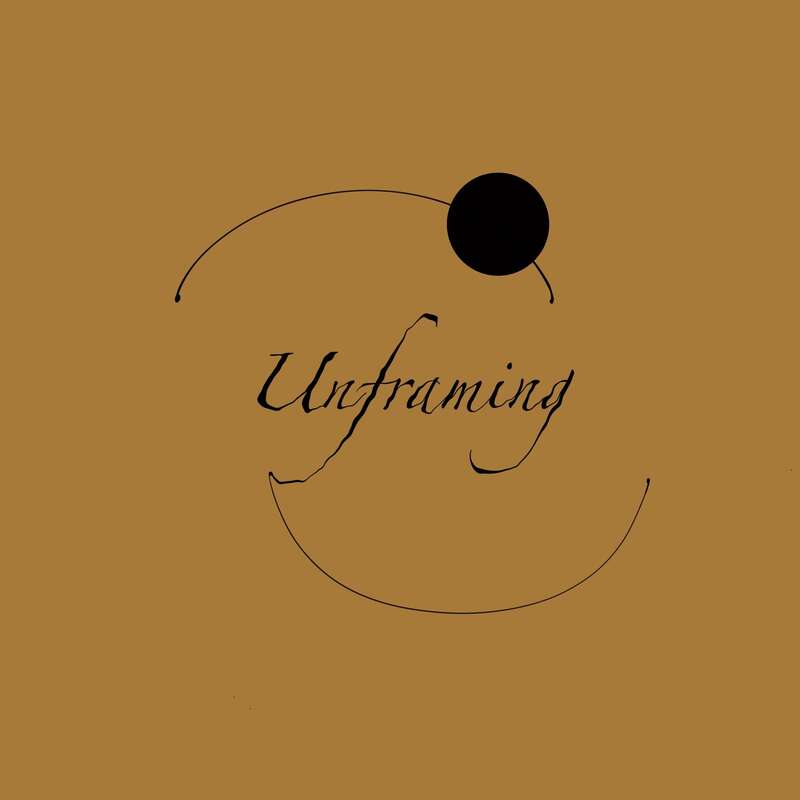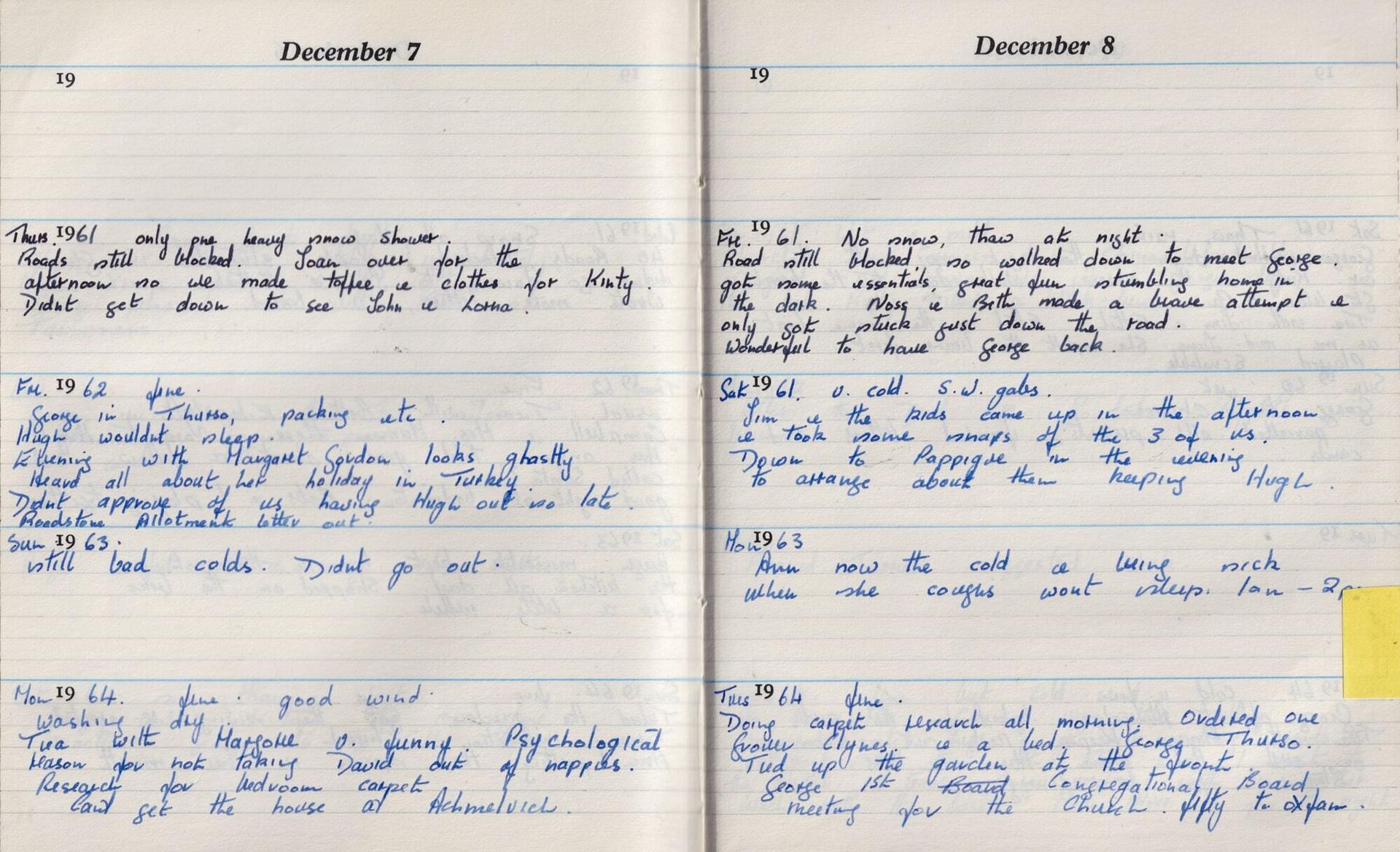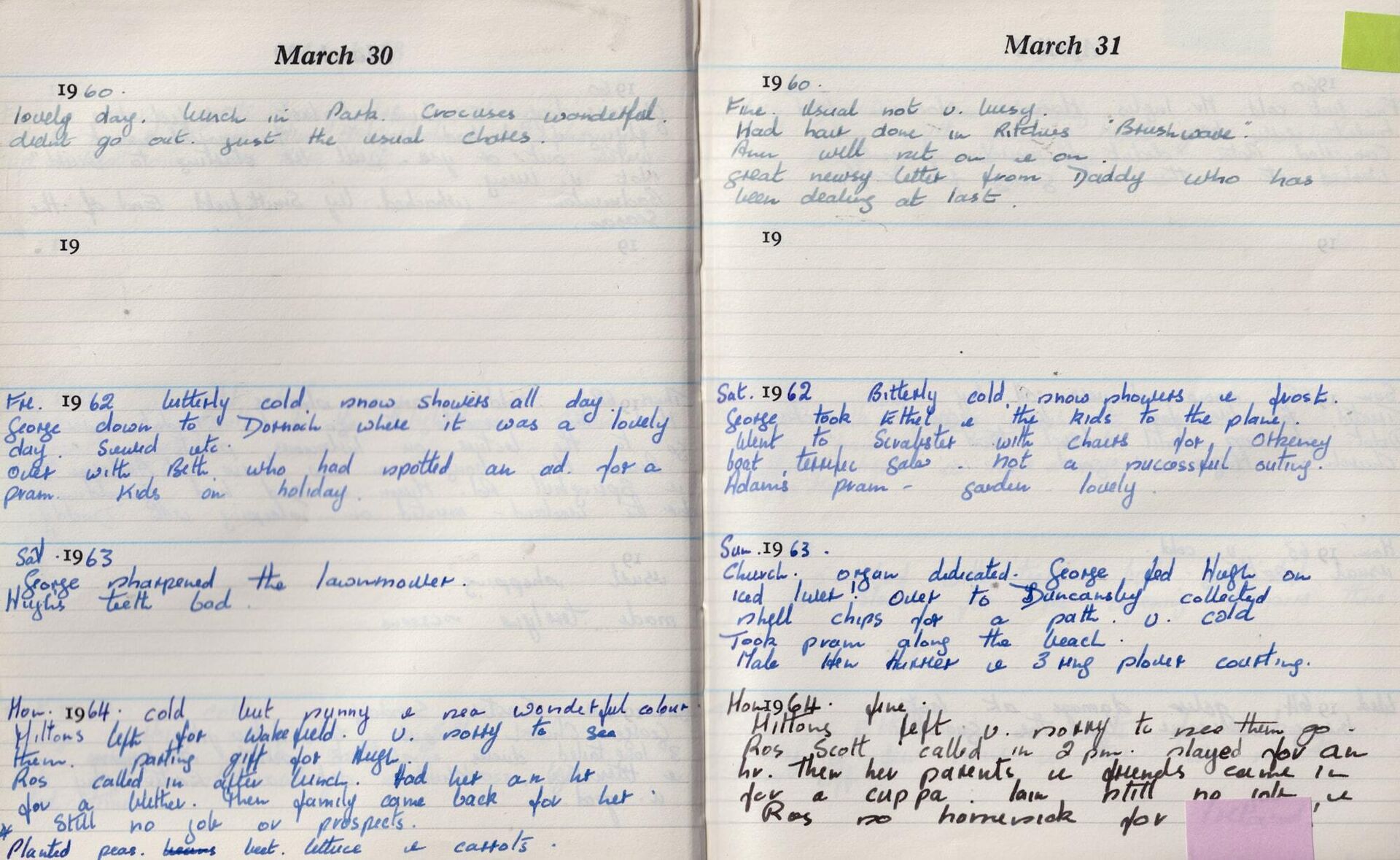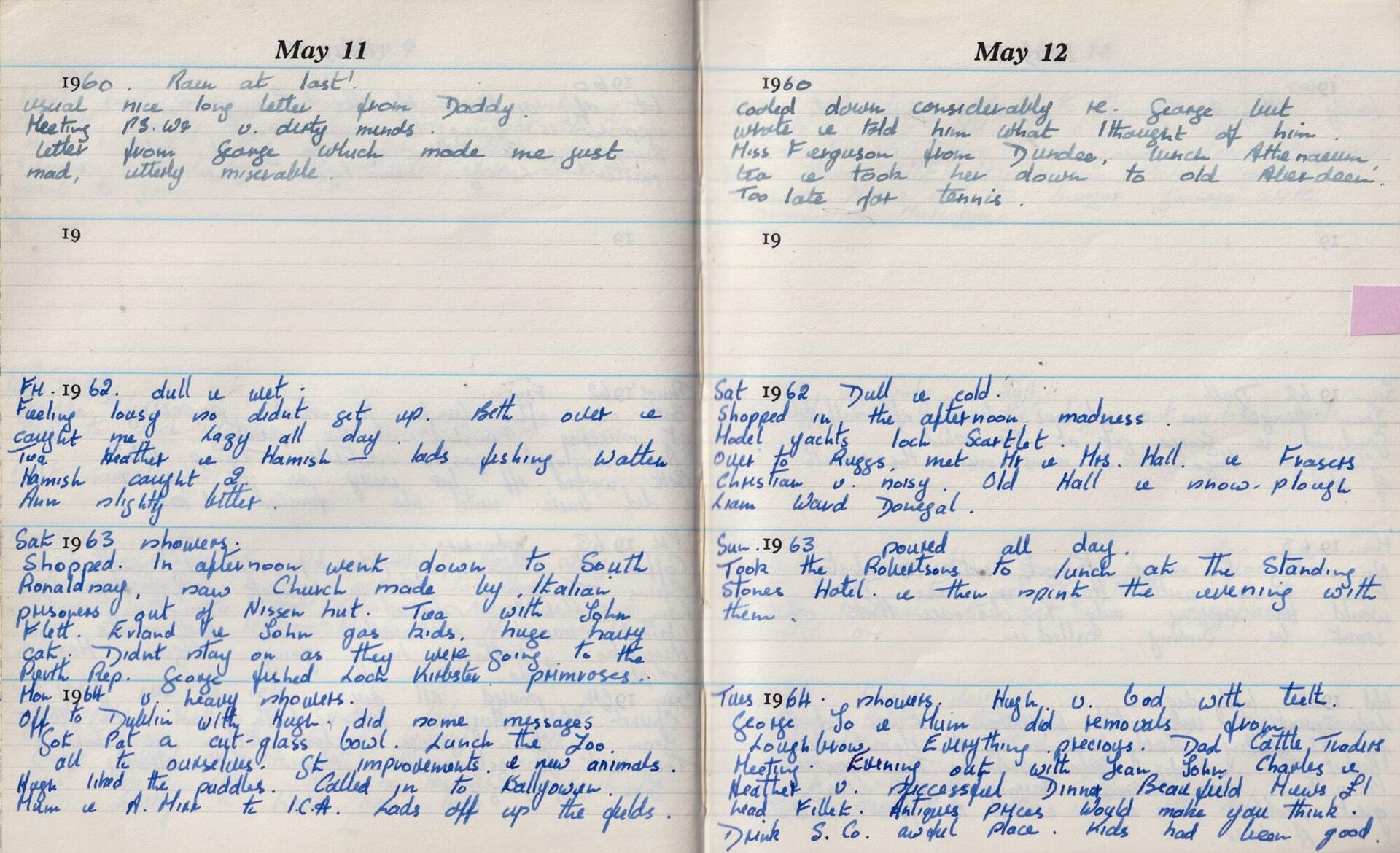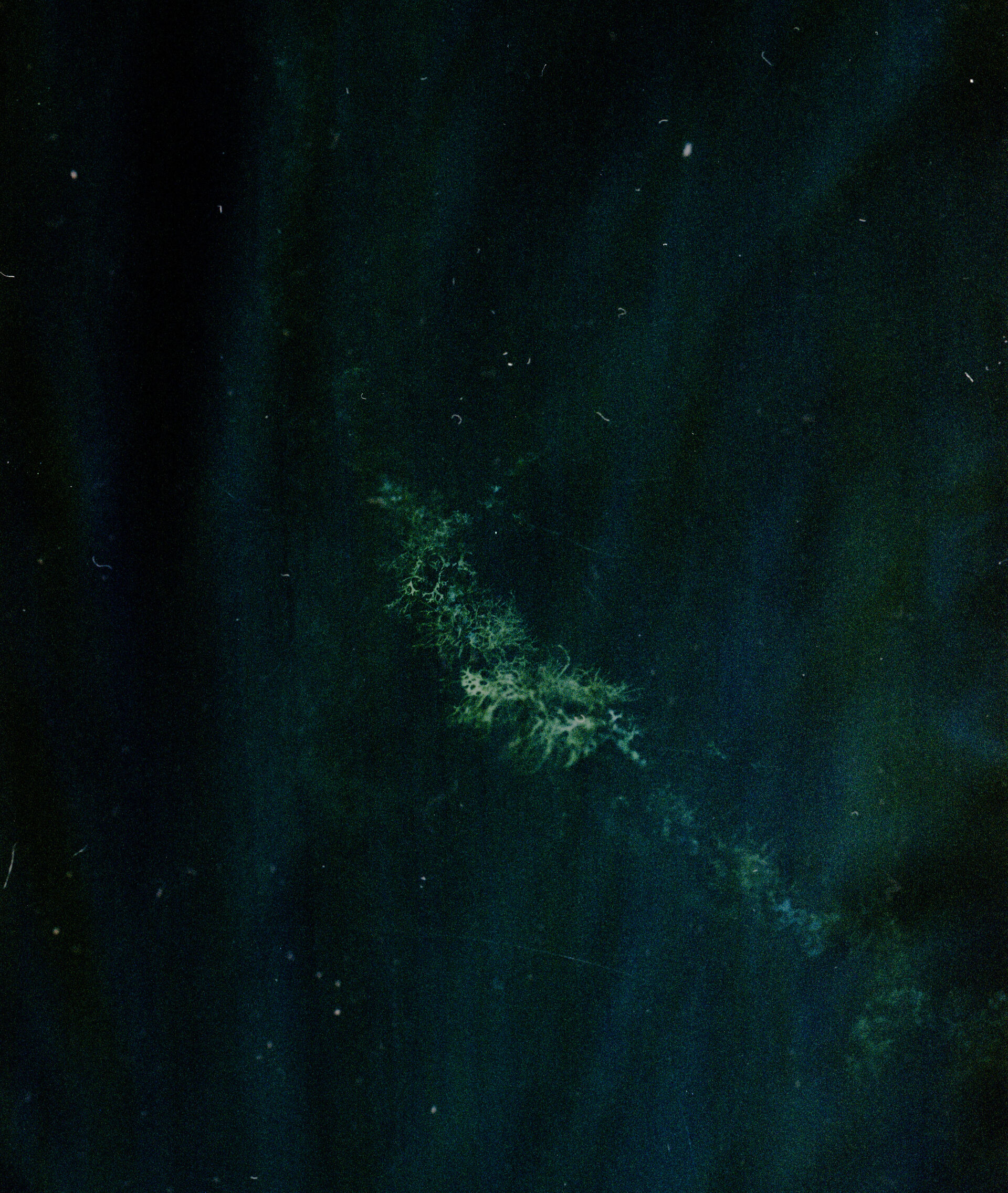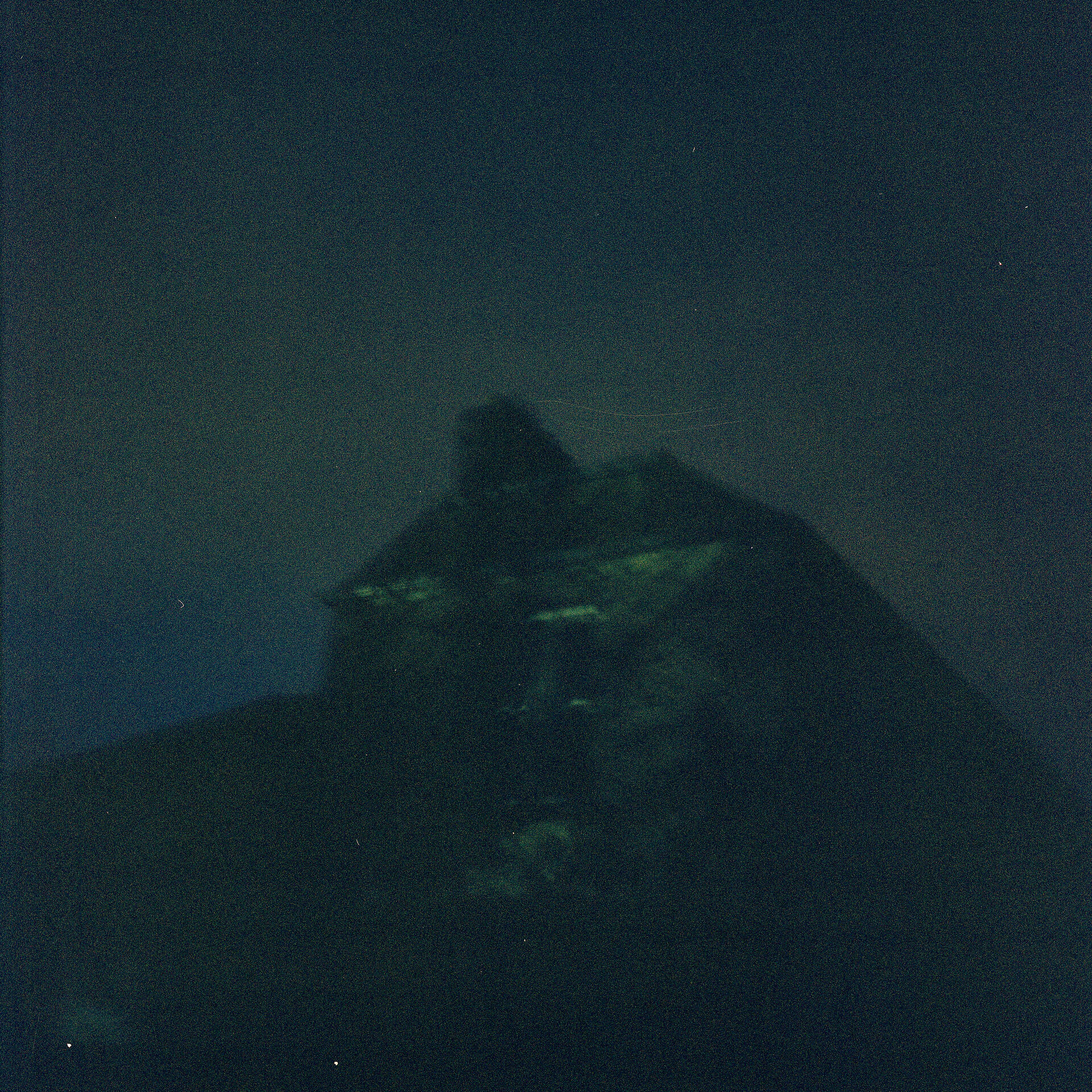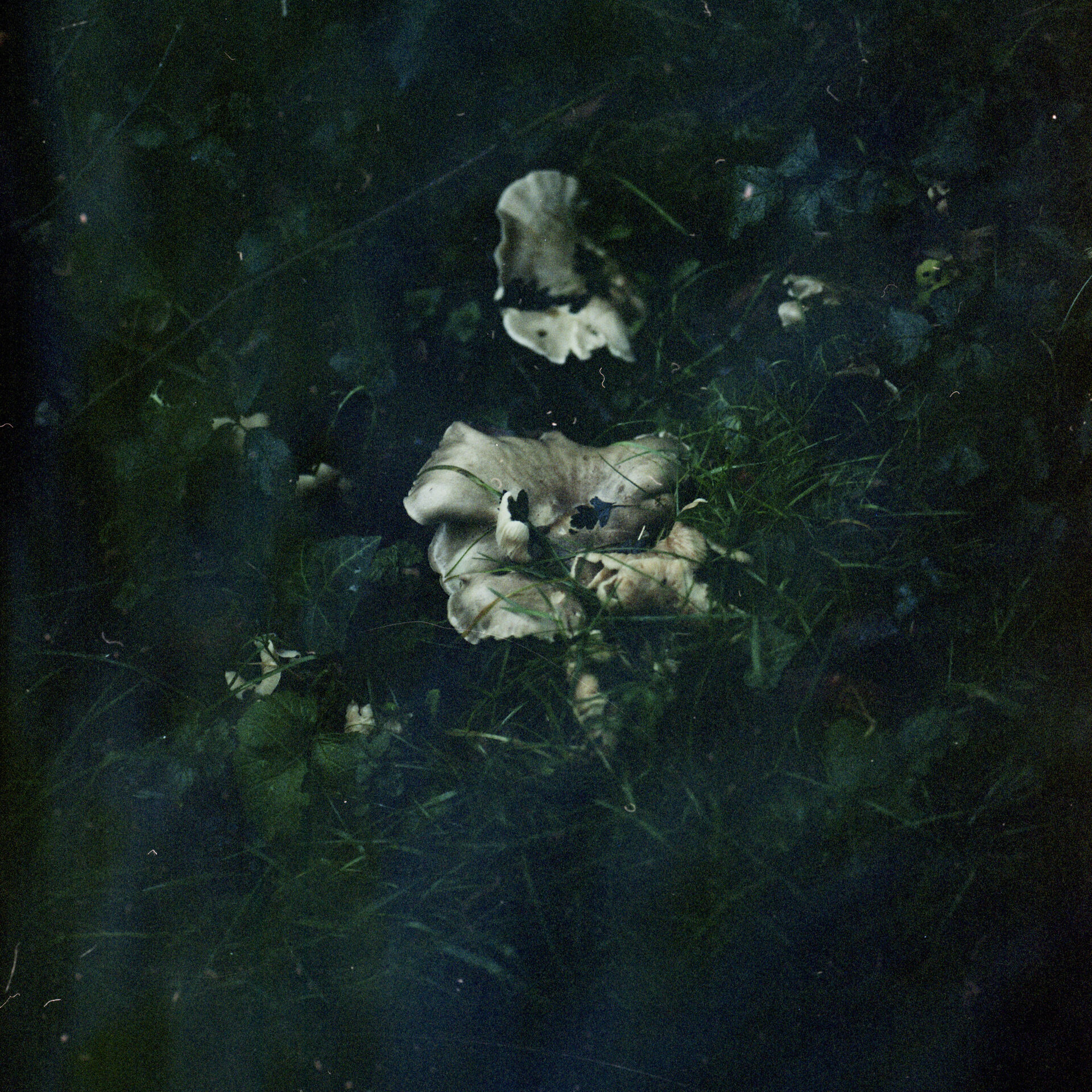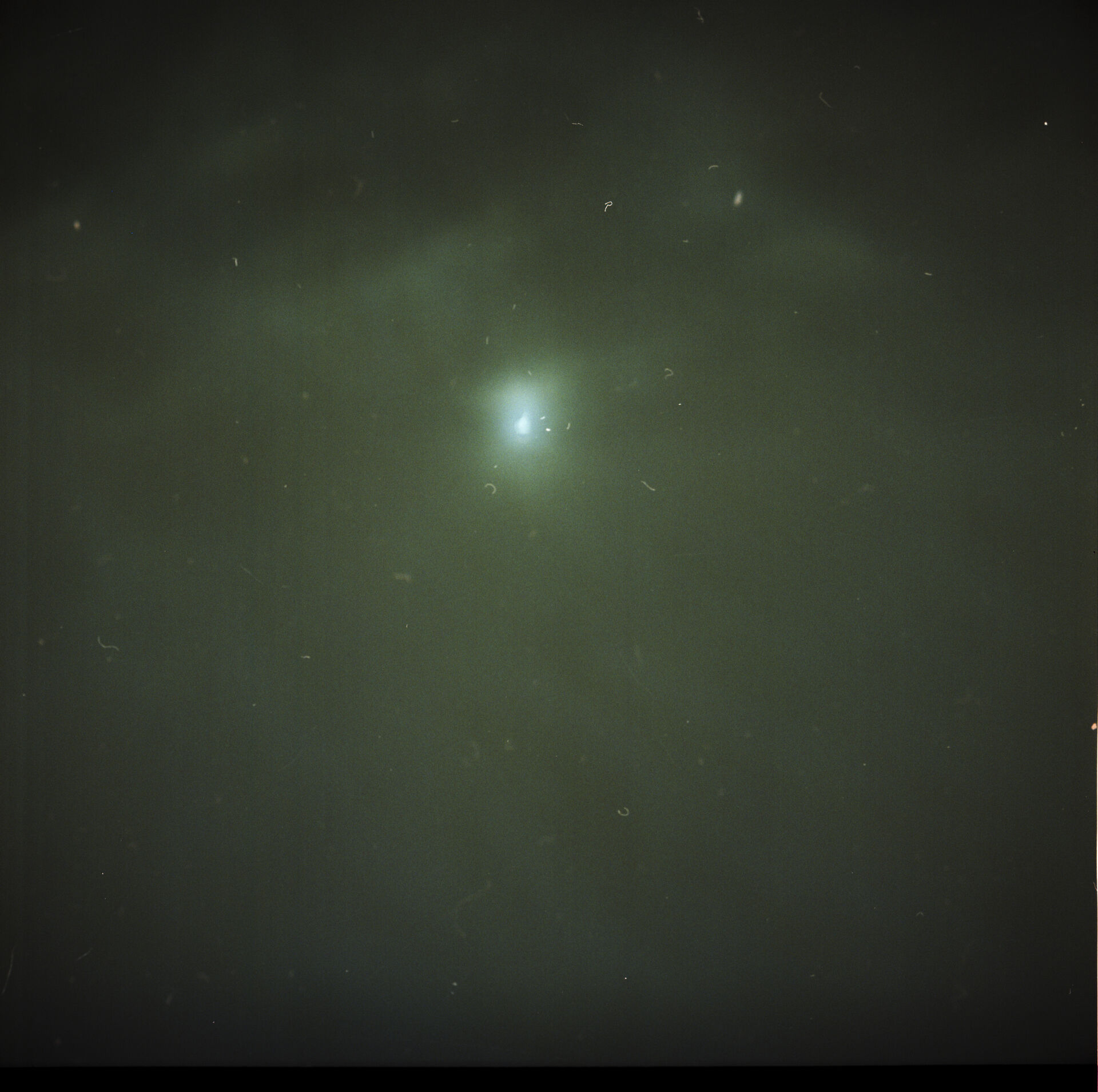7 February 1960
Lovely mild day. George v. frustrated to be back in Aberdeen and away from his beloved hills. Went out to Collieston. Church. Long walk to Ythan. Argument once again.
14 February 2024
It rained all day. Morning slipped into afternoon. I stayed at home and watched people hurry by outside. A good day to write.
My grandmother started a diary in 1960.
She knows the cost of a false spring. The stress of sudden rains. The week in April when the swallows fill the stables and the long farewell in autumn as they leave for warmer lands. She knows storms approach when cattle gather underneath the lime tree. When to collect blackberries and where the best bushes are hidden. She is a gardener with a secret love for alpine flowers.
I started a diary in 2024.
I know the joy of frog hunting, raft building, and river swings. The misery of water in my boots. The perfect bend in the river to catch the shiny rainbow trout. I know of the old ash tree whose leaves shrivel with rot, and the pain of its coming loss. I also know the concrete city, with its persistent puddles and weathered walls. The wind of sharp corners and straight streets, the rain that tastes of smoke.
Both of these diaries were written as we left Ireland for the first time, leaving behind the land and people we know. However, we carried with us a sensitivity to the weather that is deeply entangled with the place we call home.
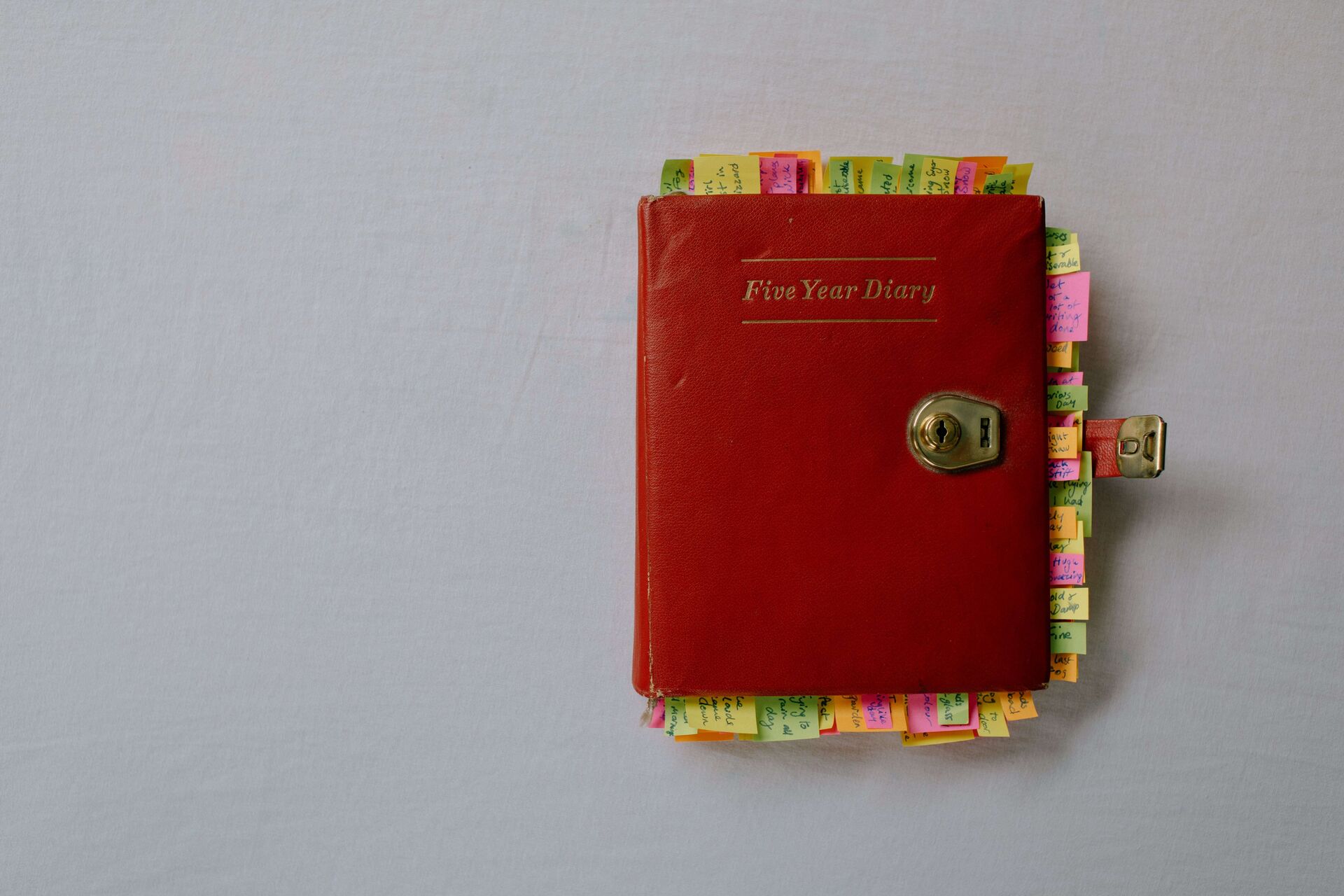
Benjamin Morrison, My grandmother’s weather diary #4, 2023, photograph, Netherlands
16 February 1960
V. cold. Roads one solid sheet of ice. Letter from home – they have had 12 inches of snow and are snowed in. Tea and later long discussion about future everything now seems much more feasible.
17 February 1960
Bitterly cold. Roads all blocked. More snow and frost. Didn’t do any visits, not worth the effort. Fed up with the cold so went to bed early. Wondering more and more whether I am doing the right thing to leave in the autumn.
21 February 2024
The sky was grey in Brussels. Morning damp led to downpours by the evening. I spent some time in bookshops, browsing shelves of pop philosophy. I bought a book called Blue in the film section. It made me consider all the blues in my life. Nord station was a mess, rainwater and cracked cement. On the bus I watched the reds, ambers, and greens mix into a dark city night soup.
It has been my intent to delve into the ambiguity of weather-recording for oneself. To investigate the power of making mistakes. I differentiate looking at from looking with as two distinct ways of seeing.John Berger, Ways of Seeing (London: Penguin Books, 1972), p. 9.
The weather is unceasingly there. However, we choose whether or not to look at or with the contours of its changing nature. To look at the weather requires an objective lens, a distance, an act of dissociation. The technologically mediated vision of the weather satellite, from its top-down orbit, provides this objective lens. This view from nowhere has little relation to the distant abstract weather topographies far below. Its association is purely conceptual, programmed through the technological impetus of human intervention. Through the photograph of the weather from above, we look at the weather and consume the data it offers to partake in this world.
To look with the weather requires an act of presence, a closeness and an affirmation of associations with a place. It is at once personal and collective, involving human and non-human perspectives. From the garden to the city streets, there are signs and traces of the weather. These are layered and complex, in a constant flux of past, present, and future. To look with the land is a way of seeing that makes mistakes, adapts and reflects. Looking with is memory-forming, weather-tinged and highly embodied.
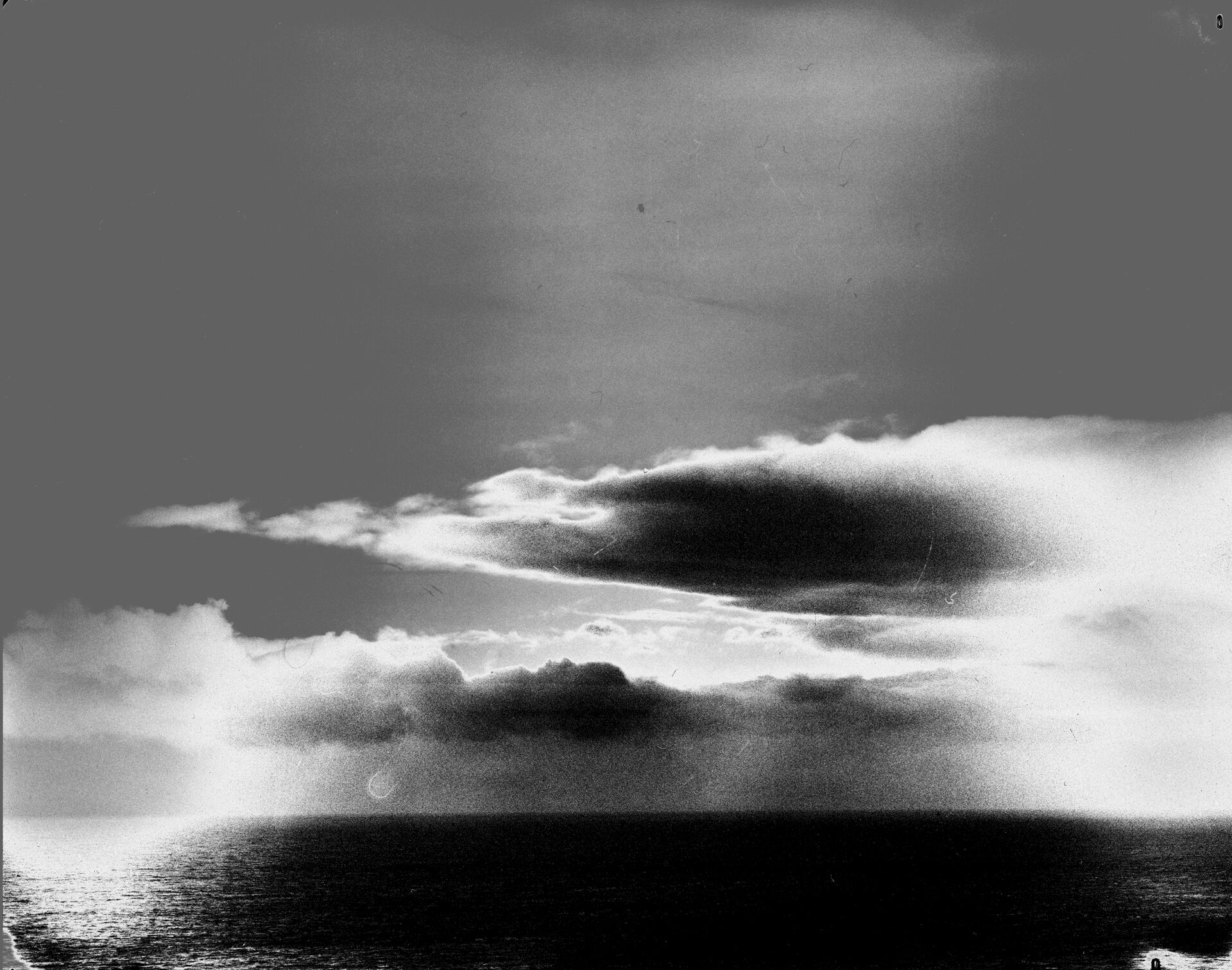
Benjamin Morrison, Clouds Approaching from the Atlantic, 2023, large format photograph, Ireland
25 February 1960
Wet thaw arrived. V. wet. Letter from mum, no comments about the holiday. George got the flu now. Went back to the office and got most things up to date.
27 February 2024
Blue on blue. Spring feels like it’s on its way. Cycled to the library with Flavie, hopping from one patch of light to the next. Watched some men load an open truck. Their laughter spilled down the alleyway. Drinking coffee with Ben, he tells me the days are getting longer. My coat flaps open in the wind, the zipper is broken.
28 February 1960
Glorious springlike day. George better. Wasted time. Went to Buller Buchan. Terrific granite cliffs. Mr. M v. annoyed with me. George v. sore throat so we came back early. Ann – boats. Irene – stock exchange.
Philosopher Vilém Flusser regards the photograph as a ‘mediator whose intention to map out the world and make it comprehensible instead forms screens that obscure’.Vilém Flusser, Towards a Philosophy of Photography (London: Reaktion Books, 1984), p. 10. The photograph as data; the photograph looks at, the photograph obscures. In my work, I ask if the photograph can offer a way of looking with the world. Must it always form screens that obscure, or might it also bring us closer to seeing?
Diary-keeping is a reflective act that is highly coded, fraught with inaccuracies and completely dependent on a single subjective voice. However, these very characteristics afford this reflexive medium an ability to act as a tool to look with a place. My grandmother’s weather diaries prompted me to experiment with the format of the diary, as a working methodology for investigating the ways of looking through the ever-changing weather. In a back-and-forth dialogue spanning over sixty years, my diary keeps pace with hers. Through this diary dialogue and via my intervention as a visual artist concerned with the role of photograph, I examine the ways of looking at and with the world.
28 February 2024
Today was very still, no gusts of wind or drops or rain. A constant grey overhead. I spotted a black-headed gull while crossing the bridge. Easy to forget the sea is only minutes away. Presented my ongoing work in class. Thinking about soft protest and the ambiguous nature of things. Grey skies as ambiguous things.
29 February 1960
Cold, wet foggy. George a bit better. Pat Lees funeral. Others v. busy so did reception etc. Rita in hospital.
The imagery I create plays with ambiguity, absence, and non-function. Images that contradict the highly informative satellite imagery that function as points of data in a continuous data flow. Exploring the interplay between the stillness of photography and the animation of film has offered me novel ways of assembling time and space, entering into a realm of unexplored beauty.David Campany, The Still Point of the Turning World: Between Film and Photography, exhibited 23 June to 8 October 2017 at FoMu Antwerp, https://davidcampany.com/still.... It is in the simultaneous dissonance and association between text and image, in the compression of time and space, and through the role of ambiguous aesthetics that I unravel ways of looking.Pascal Giesen and Nav Haq, The Aesthetics of Ambiguity Understanding and Addressing Monoculture (Amsterdam: Valiz, 2022), p. 198.
29 February 2024
Light hit our faces hard, duvet over our eyes. Warm and wet outside. The cherry tree is starting to bud, too close to the road. Sat in Petit Paradis, steamy windows and a woman who looked so like a relative I no longer see. Watched police cycle through the rain. Said goodbye to Flavie, always difficult to let her go. Later I found a pile of snow dumped in a car park. Its whiteness was absurd.
2 March 1960
Long letter from home. Earthquake Agadir! 10,000 killed. Music – Schumann.
4 March 1960
Cold and fine. Usual, one rota case. Worked on v. good lecture Mrs. Klopper ‘France and Algeria’. Met George, was awkward. Heard that Maisie and Bill are coming to Glenmore. Really homesick for the first time.
There are many differences between my grandmother and I, namely the responsibilities of a mother versus the privileged freedom of a student. There is, however, a line that connects us. Through time and space, the rhythm of the seasons and an affinity for the natural world entangle our narratives. Through this diary dialogue, and while keeping a critical eye on the role of the photograph in society’s relationship to weather and the natural world, it has become evident to me that the way in which we look at the world dictates how we exist in it.
In the face of catastrophic climate change, it has never felt more important to feel present in the world. In dealing with this crisis, society turns to data and information as a gateway to connection. However, when the data is produced through non-human, impossible-to-embody perspectives, do we risk blinding ourselves with data, distancing ourselves further from the world? The photograph plays an important role in mediating experiences of the world, from a point of data to an ambiguous embodied experience. The photograph performs these contradictory roles dependent upon the act of looking that produces this imagery. In my work, I distinguish looking at from looking with as a possible starting point in unravelling the disconnect between people and place, and as a guide in navigating a reconnection with the world we live in.
Benjamin Morrison, 02.03.24
Editor's note. This contribution is part of our 'Unframing' series. Read the introduction by guest-editor Nuria Bofarull here.
